What is the flavor and taste of Colombian coffee? How do you drink Colombian coffee?
Colombian coffee is also famous in the world. Rose Valley, Flower Moon Night and Paradise Manor are the representatives of Colombian coffee now. Coffee beans with special treatments such as anaerobic treatment also seem to come from Colombia. Let's see what the flavor of Colombian coffee is.
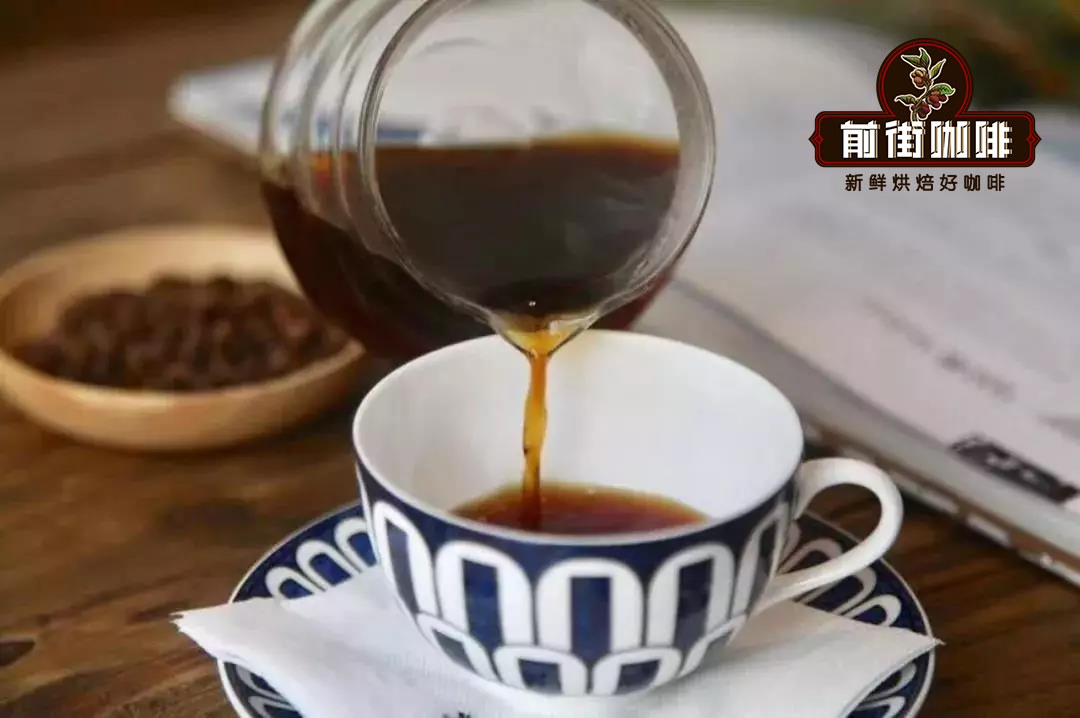
History of Coffee Development in Colombia
It can be said that the history of coffee in Colombia is closely related to the history of drugs. Before the 1980s, Colombia mainly cultivated drug crops such as coca and opium poppy. Various local armed forces occupied the mountains as the king, and government forces could only huddle in the cities. So much so that Colombian drug lords are world-famous, but most of these drugs enter the United States market, which makes Americans restless. In March 1984, under the command of American advisers. Colombian government forces tried to wipe out the country's largest drug cartel, but failed.
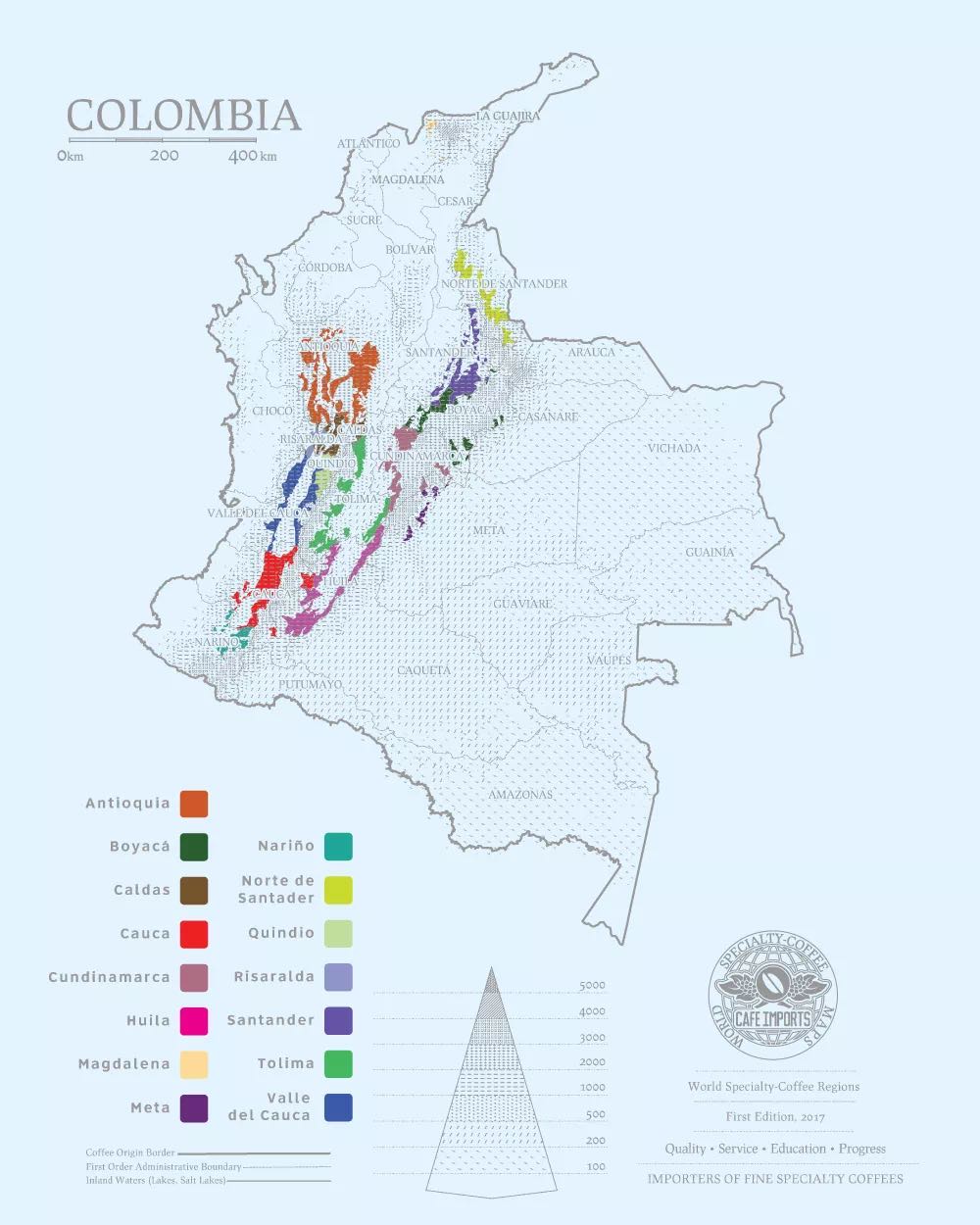
Later, in 2000, the US military directly entered the field to wipe out Costa Rican drug lords and destroy drug plantations. In order to curb the resurgence of drugs, the Colombian government-led coffee planting program began with American aid.
In fact, Colombia started growing coffee a long time ago, but it has not been taken seriously. There is no way to make money from drugs in growing coffee. The more chaotic the place is, the more profiteering is needed. After wiping out the drug lords, some coca farmers suddenly lost their jobs. In order to maintain stability and generate income, coffee is used as a substitute. The United States also gives a lot of assistance, including agricultural technology, financial assistance and priority procurement. Up to now, Colombia has become the third coffee producer in the world.
Coffee development in Colombia has to say that there is an organization, that is, the Colombian National Coffee producers Association, or FNC. This organization is responsible for a large part of the boutique of Colombian coffee. As a result of organized and unified leadership to unite coffee growers across the country, getting rich first and getting rich later, this makes the level of coffee production in the whole country very high.
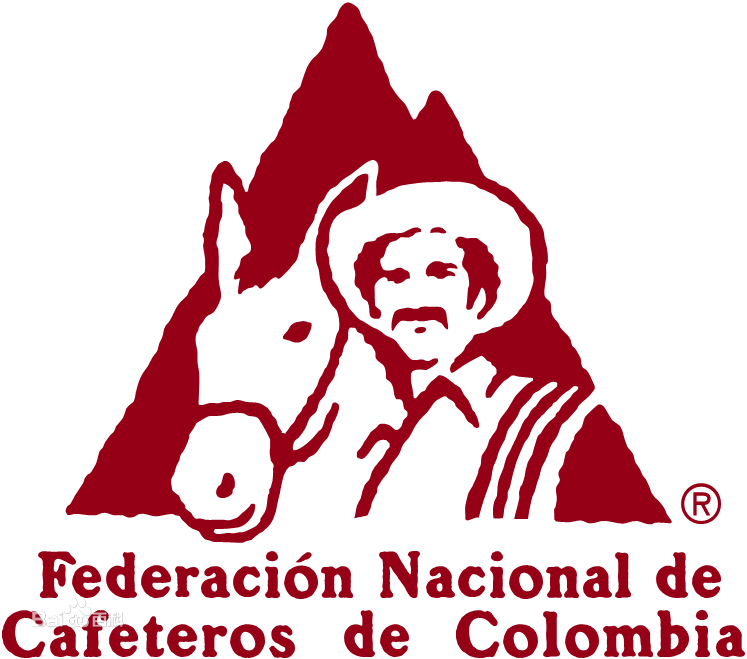
Varieties of coffee grown in Colombia
The varieties cultivated in Colombia are Kaddura, Kaduai, Colombia, Castillo and other coffee varieties. Kaddura is a variety of bourbon, the quality still maintains the high-quality flavor of bourbon. And Kaduai is a variety of New World and Yellow Kadura, but also the third generation of Arabica, the quality is still good.
The Colombian species is a multi-generation backcross improved Katim breed developed by the Colombian National Coffee Research Center in 1980, which is simply Katim's diluted version of the Luodou gene. Although the government says this is different from the original Katim, the actual cup test performance is not very satisfactory.
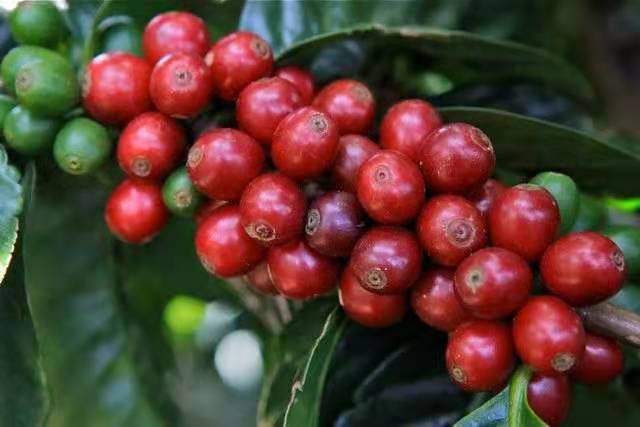
Castillo (Castillo) is a new generation of leaf rust resistant coffee developed by the Colombian Coffee producers Association (FNC) and the Colombian National Coffee Research Center Cenicafe. Cenicafe hopes to further improve the variety. In order to achieve a higher coffee yield, with higher resistance, and Kaddura comparable quality and flavor.
After 23 years of research and experiment, Cenicaf é cultivated the fifth generation Castillo and formally promoted commercial planting in 2005.
Castillo is famous for its smoothness, aroma and citric acid. According to the blind test results of the Colombian National Coffee Research Center, the flavor of Castillo can reach the flavor quality of Kaddura and bourbon. But Qianjie believes that it is difficult to produce coffee species with as good disease resistance and flavor, and Castillo still has the gene of Luodou, which must have an effect on the flavor.
Anaerobic treatment process in Colombia
Since the variety is not good, it can be made up for by postnatal treatment. Before 2005, Colombian coffee was still dominated by Kaddura Kaduai, when there was a traditional washing process, with a mellow chocolate and nutty flavor with a hint of fruit sweetness.
At present, the popular boutique Colombian coffee beans are treated by special anaerobic treatment, the most representative of which are Paradise Manor and Big Beak and Palm Tree Manor. These two estates like artists like to use a variety of special treatments to show the different flavor of coffee. The former Street Coffee Paradise Manor Cherry Blossom Coffee, for example, the manor used double anaerobic washing treatment, showing a very strong and special basil, mint aroma, and after tasting is the sweet strawberry, very interesting.
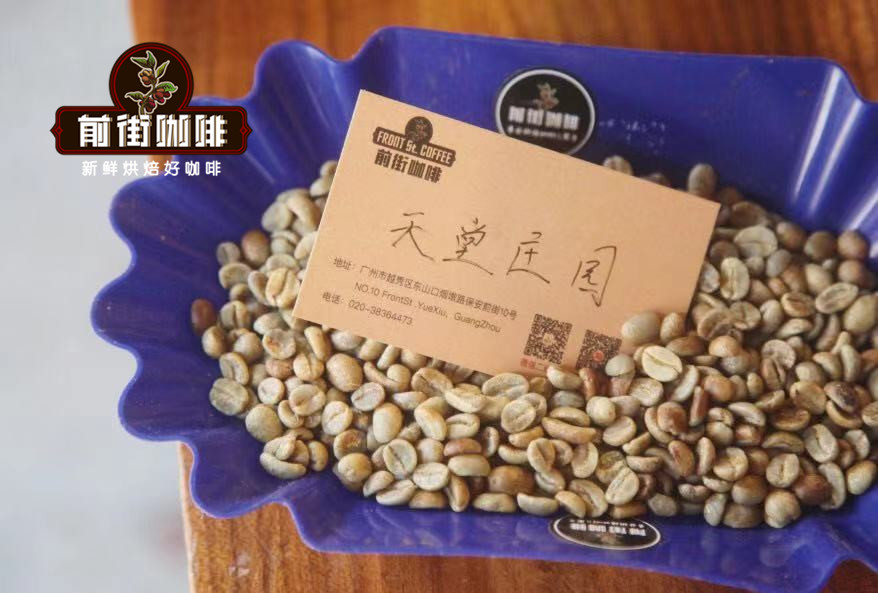
How to cook Colombian coffee beans in front of the street
In view of the fact that Colombia is currently mostly anaerobic treated beans, you need to pay attention to this type of coffee beans by hand, and you need to fine-tune your bean grinder, because this kind of coffee beans will be thicker with the scale you normally grind the traditional beans, so you need to adjust the fine scale. And the water temperature should not be too high, the front street is recommended to use 90 degrees Celsius. Cherry Blossom Coffee beans from former Street as a demonstration:
Filter cup: V600001
Water temperature: 91 ℃
Powder content: 15g
Powder / water ratio: 1:16
Degree of grinding: medium and fine grinding (Chinese standard No. 20 screen pass rate 80%)
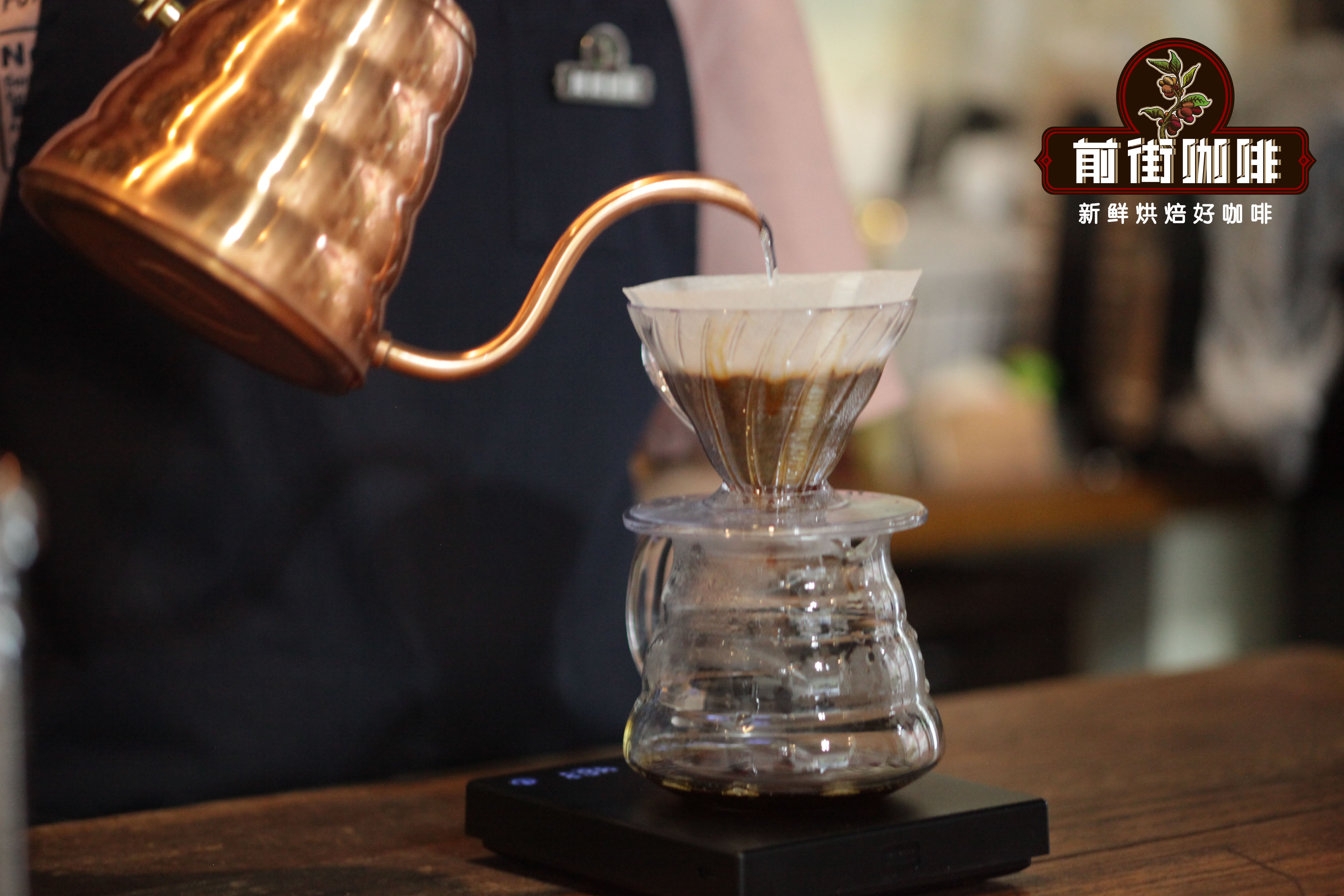
Three-stage cooking technique: first inject 30 grams of water for steaming for 30 seconds. Then, when the small flow is injected around the circle to 130 grams, it is divided into sections, and when the water level is about to be exposed to the powder bed, the water level is about to be exposed to the powder bed, and the filter cup is removed when the water level is about to be exposed to the powder bed, and the extraction time is 1 minute and 50 seconds.
Important Notice :
前街咖啡 FrontStreet Coffee has moved to new addredd:
FrontStreet Coffee Address: 315,Donghua East Road,GuangZhou
Tel:020 38364473
- Prev

A special description of the flavor and taste of the historical story of Colombian coffee beans in Huilan coffee producing area of Colombia.
Professional coffee knowledge exchange more coffee bean information please follow the coffee workshop (Wechat official account cafe_style) Colombia is the world's largest producer of quality coffee! Colombian coffee was probably introduced by Jesuit monks in the 18th century and did not begin to play an important role until the end of the 19th century.
- Next
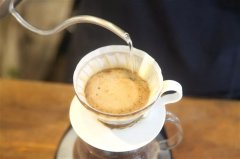
Rwanda Red bourbon _ three different Red bourbon Coffee characteristics
Rwanda Rwanda from Central Africa, Uganda to the north, Tanzania to the east, Burundi to the south and Congo to the west, is a standard landlocked country. The neighboring countries are all big coffee producers. For many years, Rwanda coffee beans have been exported through the ports of Uganda to Kenya. Rwanda Rwanda beans are characterized by smoothness, acidity and floral fragrance similar to those of Yegashev and Kenya AA.
Related
- Detailed explanation of Jadeite planting Land in Panamanian Jadeite Manor introduction to the grading system of Jadeite competitive bidding, Red bid, Green bid and Rose Summer
- Story of Coffee planting in Brenka region of Costa Rica Stonehenge Manor anaerobic heavy honey treatment of flavor mouth
- What's on the barrel of Blue Mountain Coffee beans?
- Can American coffee also pull flowers? How to use hot American style to pull out a good-looking pattern?
- Can you make a cold extract with coffee beans? What is the right proportion for cold-extracted coffee formula?
- Indonesian PWN Gold Mandrine Coffee Origin Features Flavor How to Chong? Mandolin coffee is American.
- A brief introduction to the flavor characteristics of Brazilian yellow bourbon coffee beans
- What is the effect of different water quality on the flavor of cold-extracted coffee? What kind of water is best for brewing coffee?
- Why do you think of Rose Summer whenever you mention Panamanian coffee?
- Introduction to the characteristics of authentic blue mountain coffee bean producing areas? What is the CIB Coffee Authority in Jamaica?

